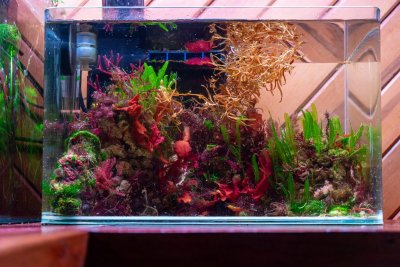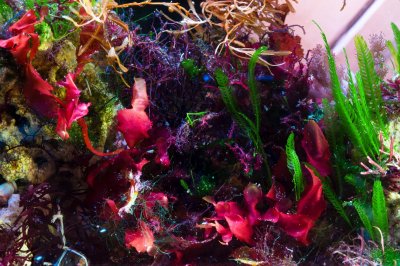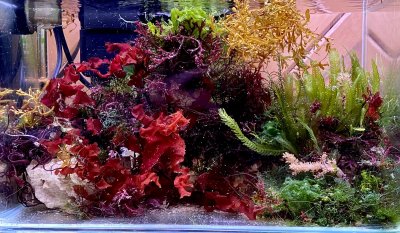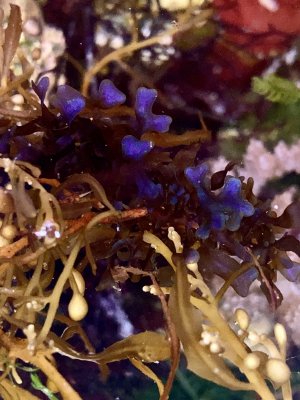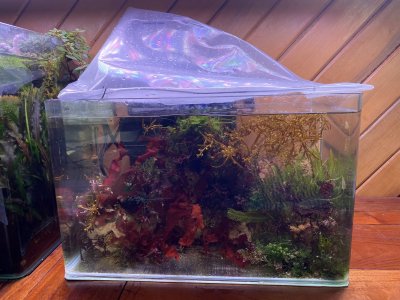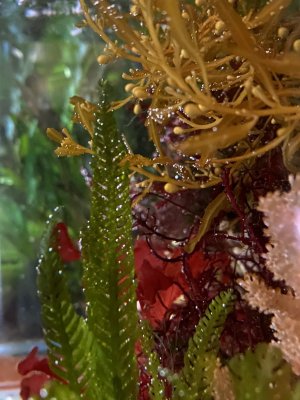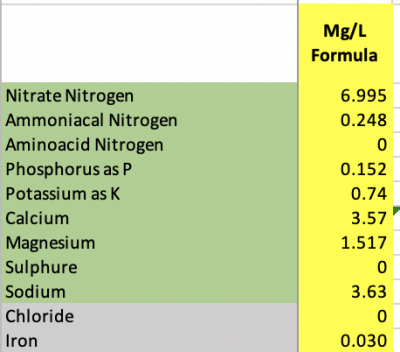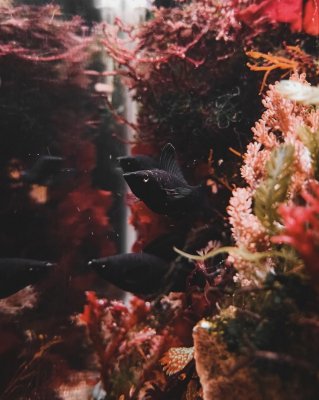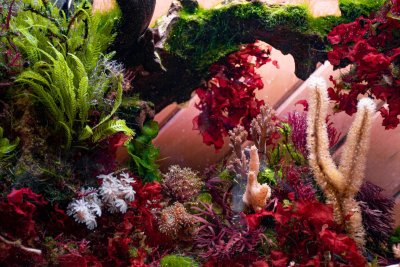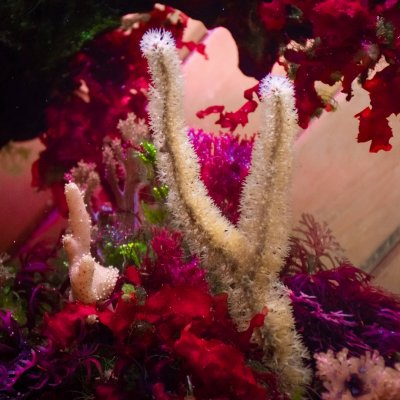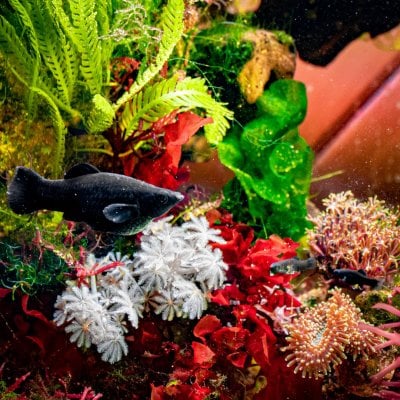Randy Holmes-Farley
Reef Chemist
View Badges
Staff member
Super Moderator
Excellence Award
Expert Contributor
Article Contributor
R2R Research
My Tank Thread
- Joined
- Sep 5, 2014
- Messages
- 67,516
- Reaction score
- 63,963
On the alkalinity front, Ken Feldman found that one of the main ingredients in skimmate is calcium carbonate, which may (or may not) be evidence of calcifying plantkon being skimmed out:
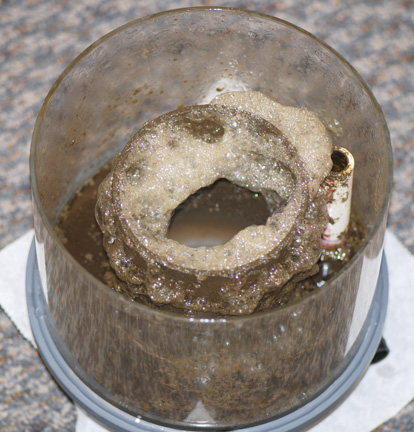
 reefs.com
reefs.com

Elemental Analysis of Skimmate: What Does a Protein Skimmer Actually Remove from Aquarium Water?
Department of Chemistry, The Pennsylvania State University, University Park, PA 16802. The chemical/elemental composition of skimmate generated by an H&S 200-1260 skimmer on a 175-gallon reef tank over the course of several days or a week had some surprises.





